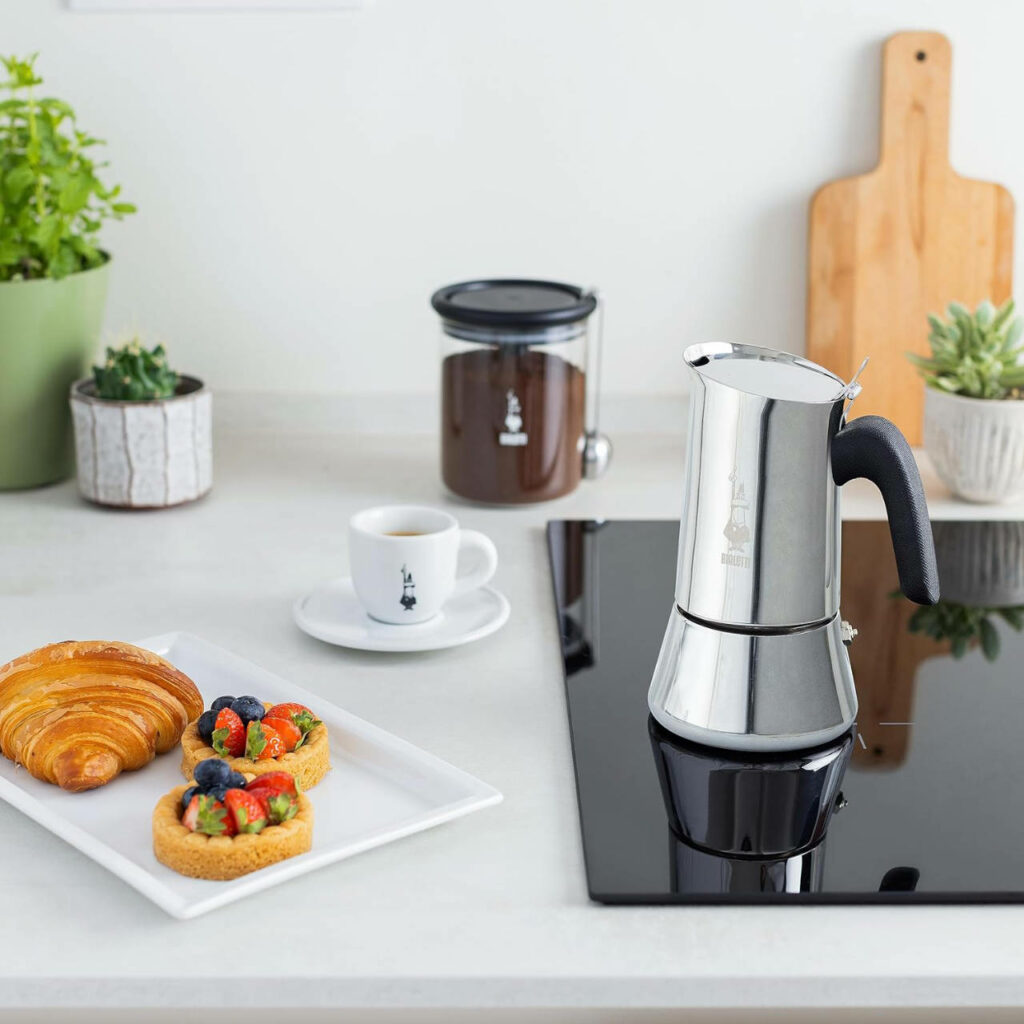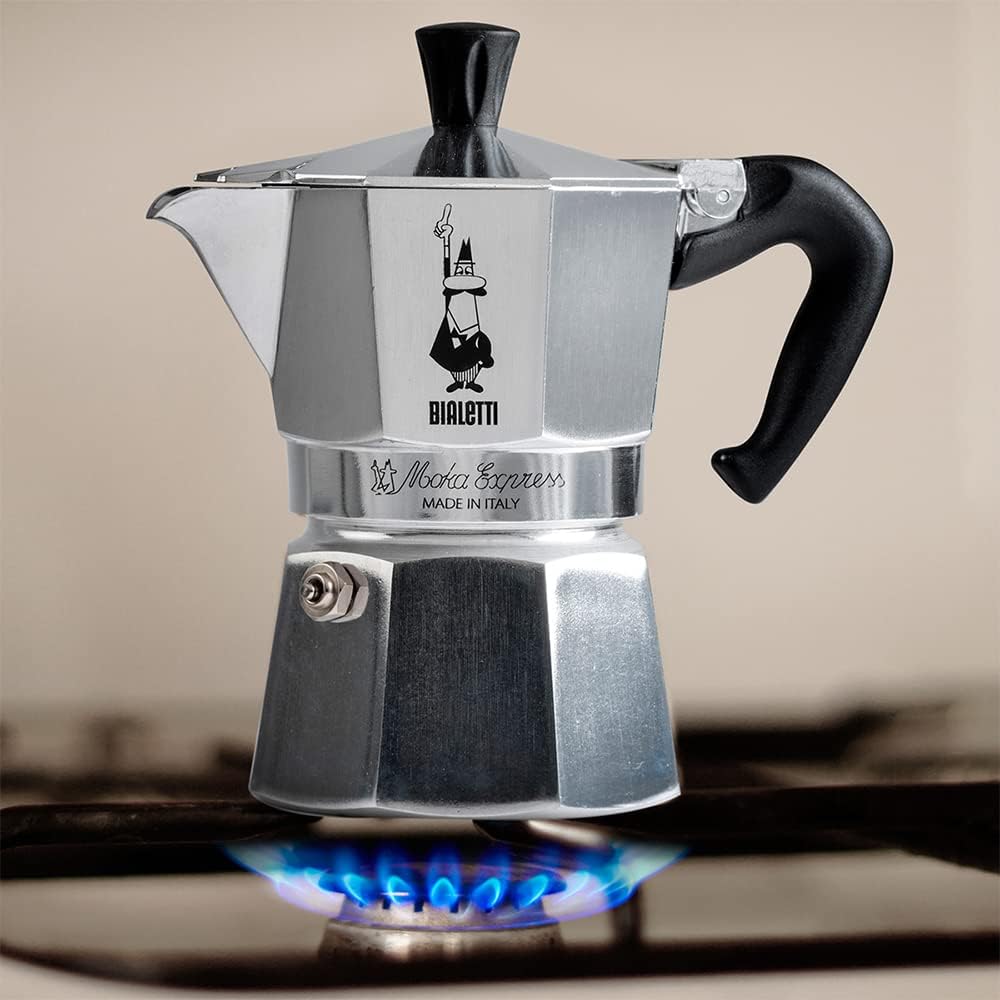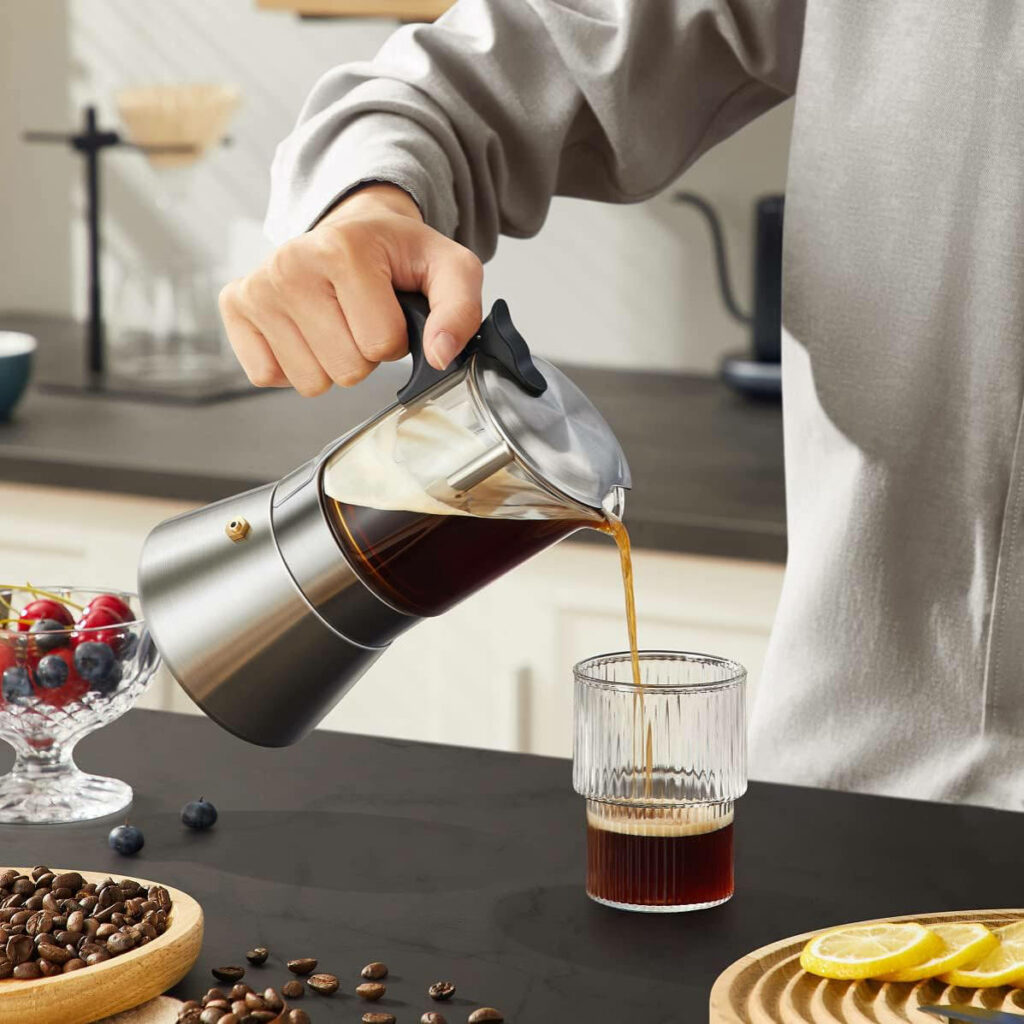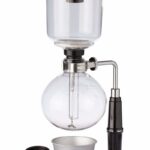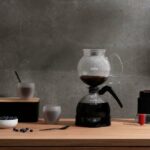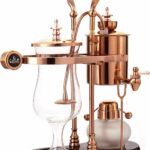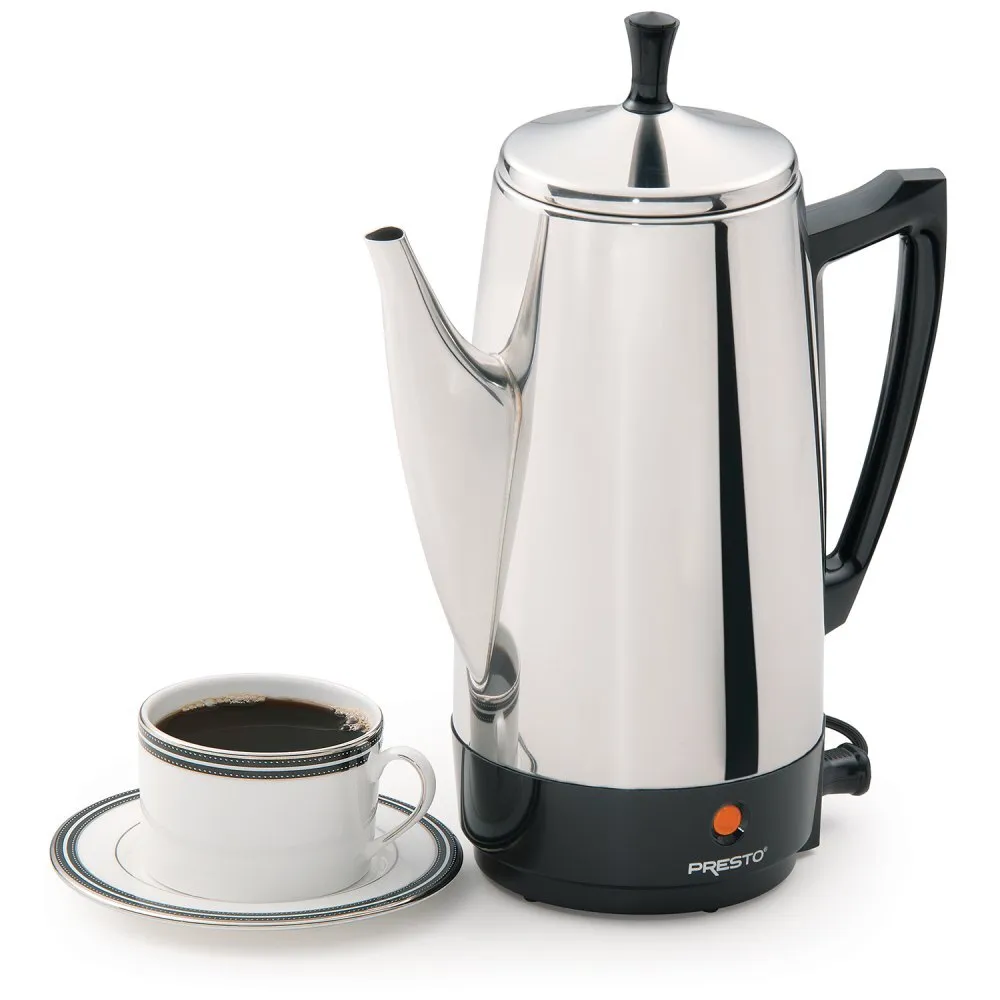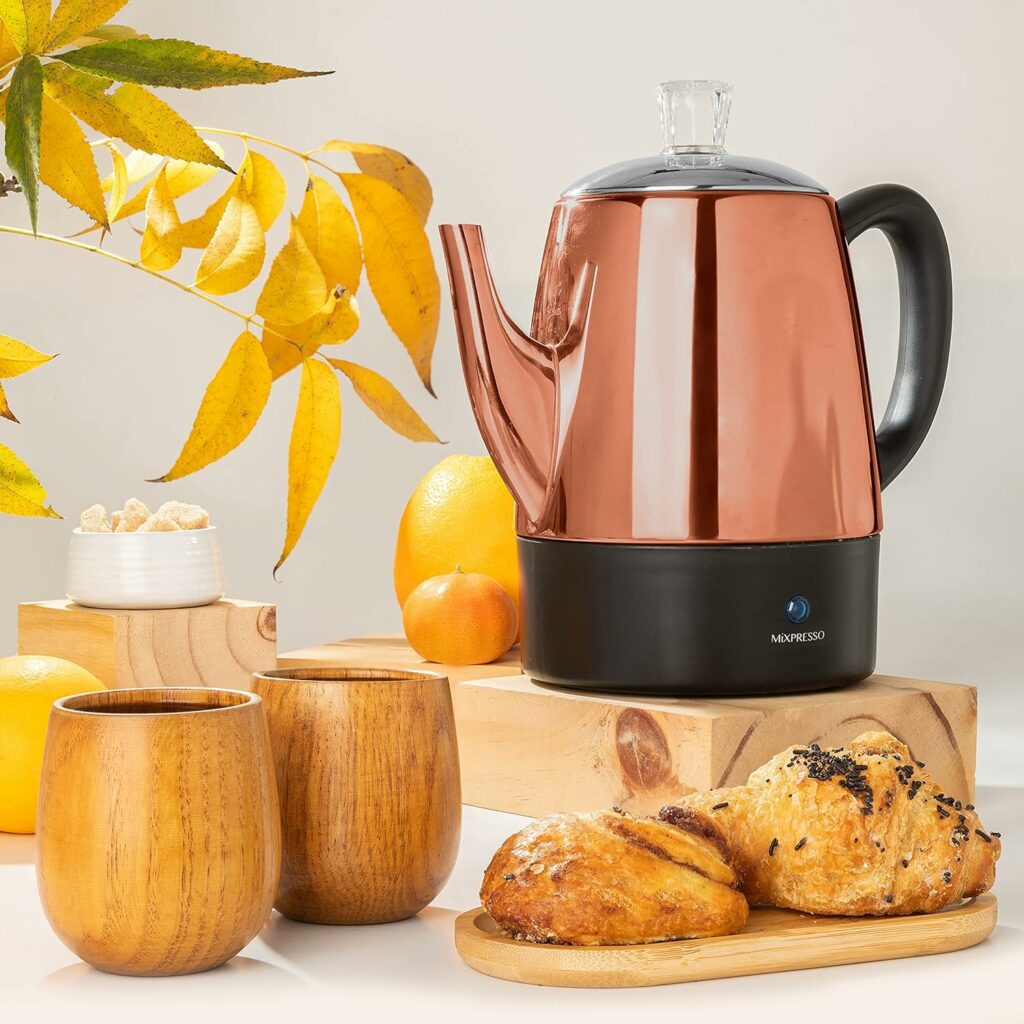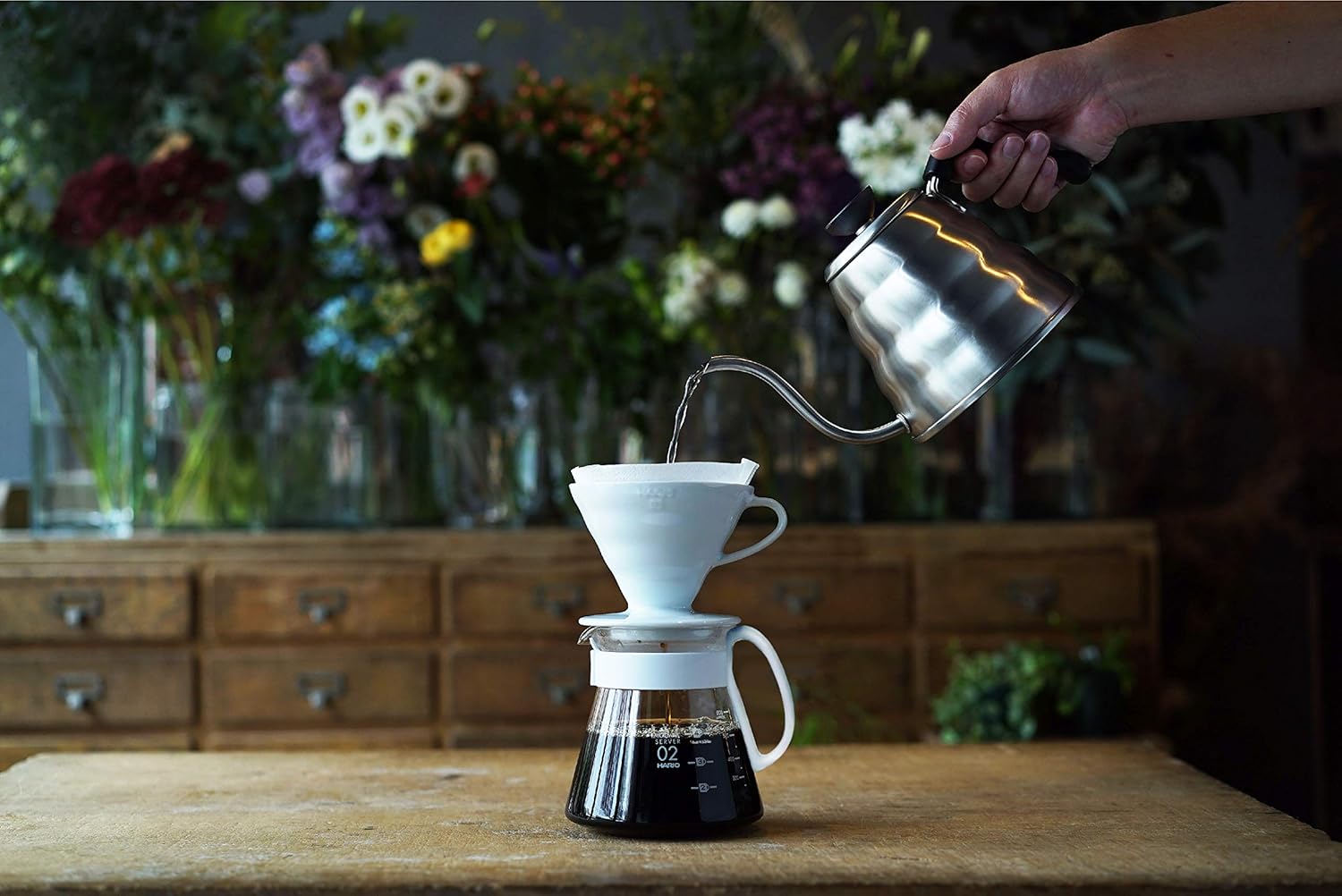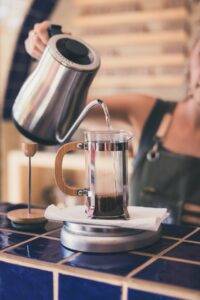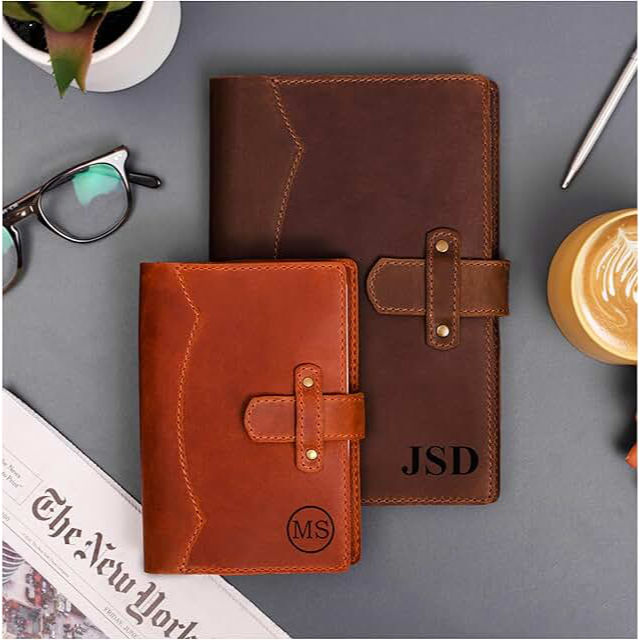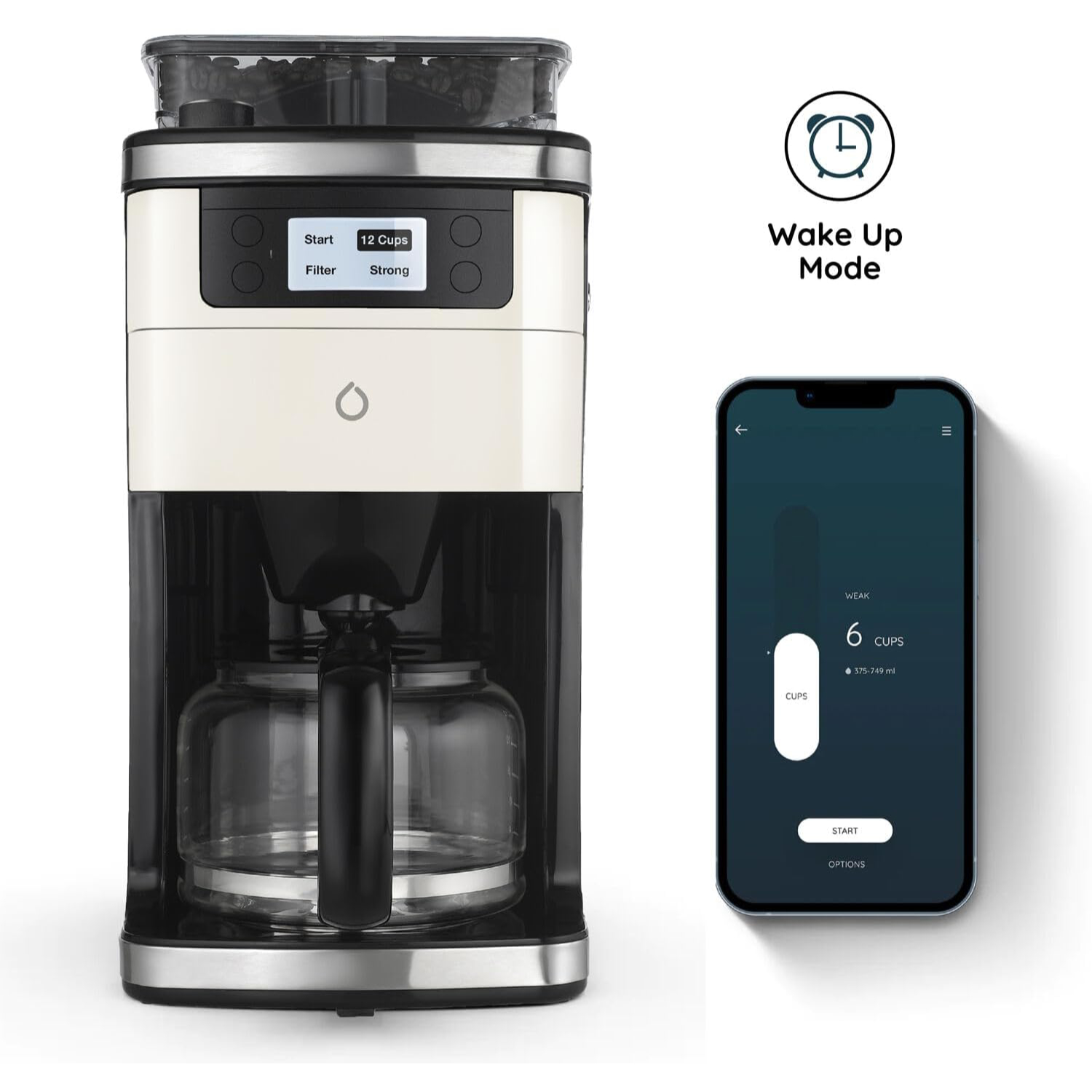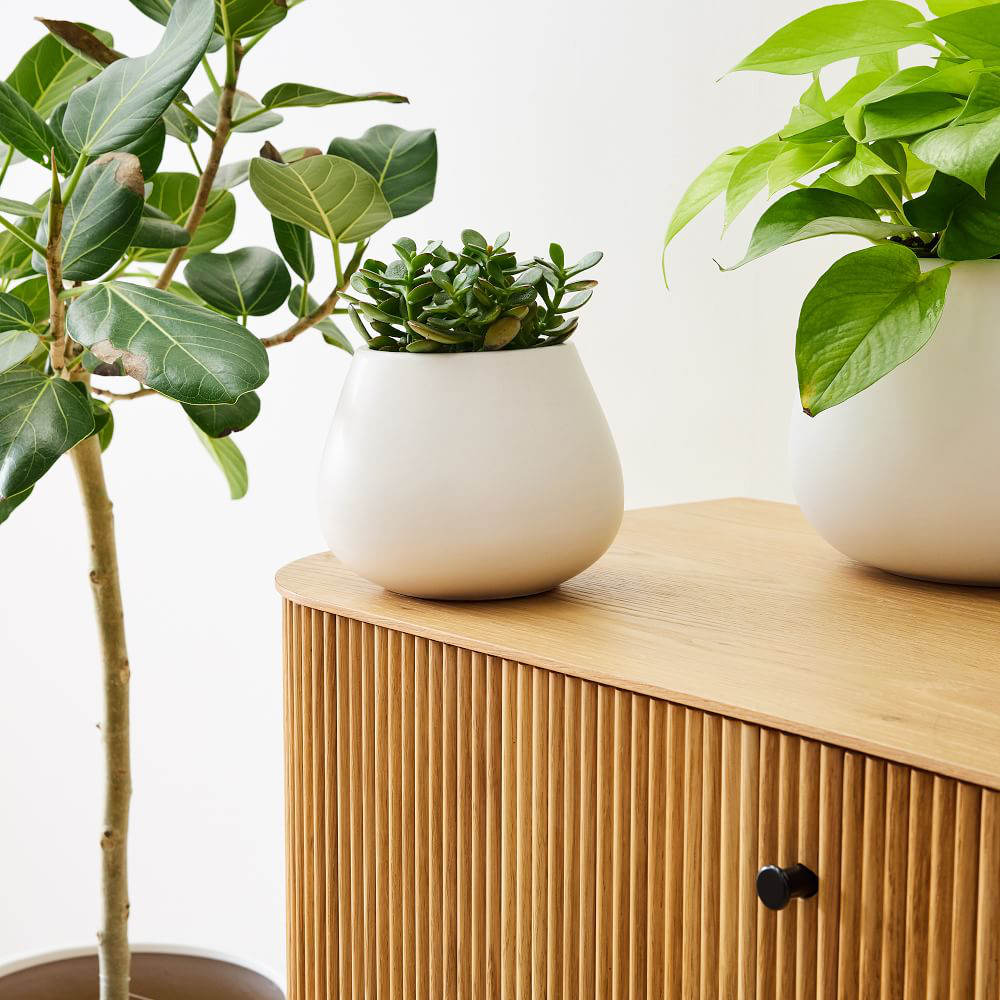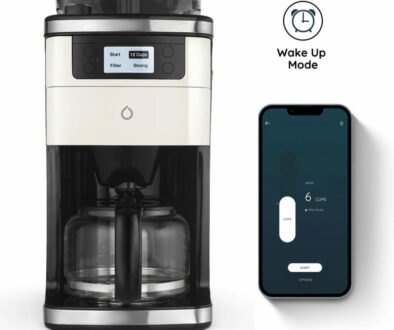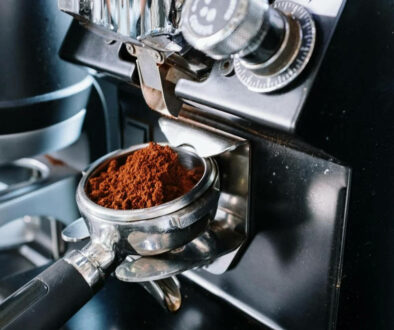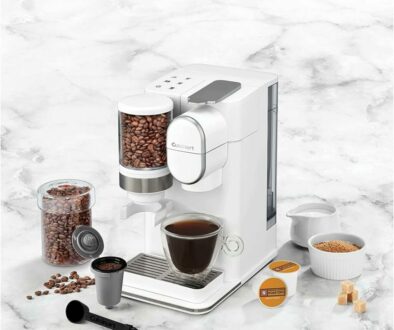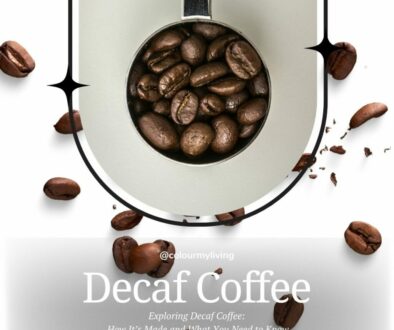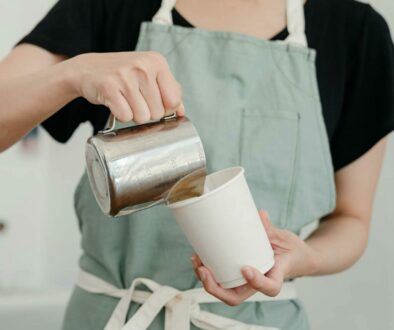What are the Best Ways to Brew Coffee? Top 12 popular ways to make coffee
Coffee brewing is an art form with a variety of methods that each bring out unique flavors, aromas, and textures in your cup. From the robust intensity of an espresso shot to the smooth sweetness of a cold brew, the way you brew your coffee can entirely transform the experience. With so many methods available, you can find one that suits your taste preferences, lifestyle, and even the type of beans you love.
We explore the top 12 most popular ways to make coffee, covering techniques that range from traditional to modern and simple to complex. Whether you’re a coffee enthusiast looking to try something new or a casual drinker curious about the best brewing method, this list will help you discover exciting ways to enjoy your favorite brew.
Top 12 Popular Ways to Make Coffee
No, instant coffee or freeze dried and pre-mixed sachets do not count. We look at some of the most popular ways to brew coffee. Yours may be as simple as pouring hot water over coffee grounds or as complicated as operating a manual espresso machine, there is a brewing method for everyone.
1. French Press (Press Pot/Cafetiere)
Origin: France
Method: Coffee grounds steep in hot water, then are separated with a metal or mesh plunger.
Popular for its bold, full-bodied flavour.
The French Press, also known as a Press Pot or Cafetiere, originates from France and is celebrated for its simplicity and ability to bring out the full richness of coffee. This brewing method involves immersing coarsely ground coffee in hot water and allowing it to steep for several minutes. After steeping, a plunger with a metal or mesh filter is used to separate the grounds from the brewed coffee.
For a long time this was my go-to for a quick brew in the morning. I use the classic French press coffee maker with glass beaker. The number of glass beakers that I have gone through is phenomenal. Some cracked in use, slipped from my fingers during washing, smashed on the drying rack or just outright dropped from the cabinet to the counter top. I know the answer is simply to switch to plastic cafetière or double walled stainless steel pot but they just don’t feel the same. The saving grace is, I have a branded La Cafetière coffee press and the local shops stock coffee press replacement beakers.
Ideal for coffee lovers who enjoy a robust, full-bodied experience, the French Press enhances the coffee’s natural oils, creating a bold and intense flavour profile. The result is a smooth, full-bodied cup with deep, complex flavours, allowing drinkers to savour the true essence of their coffee beans.
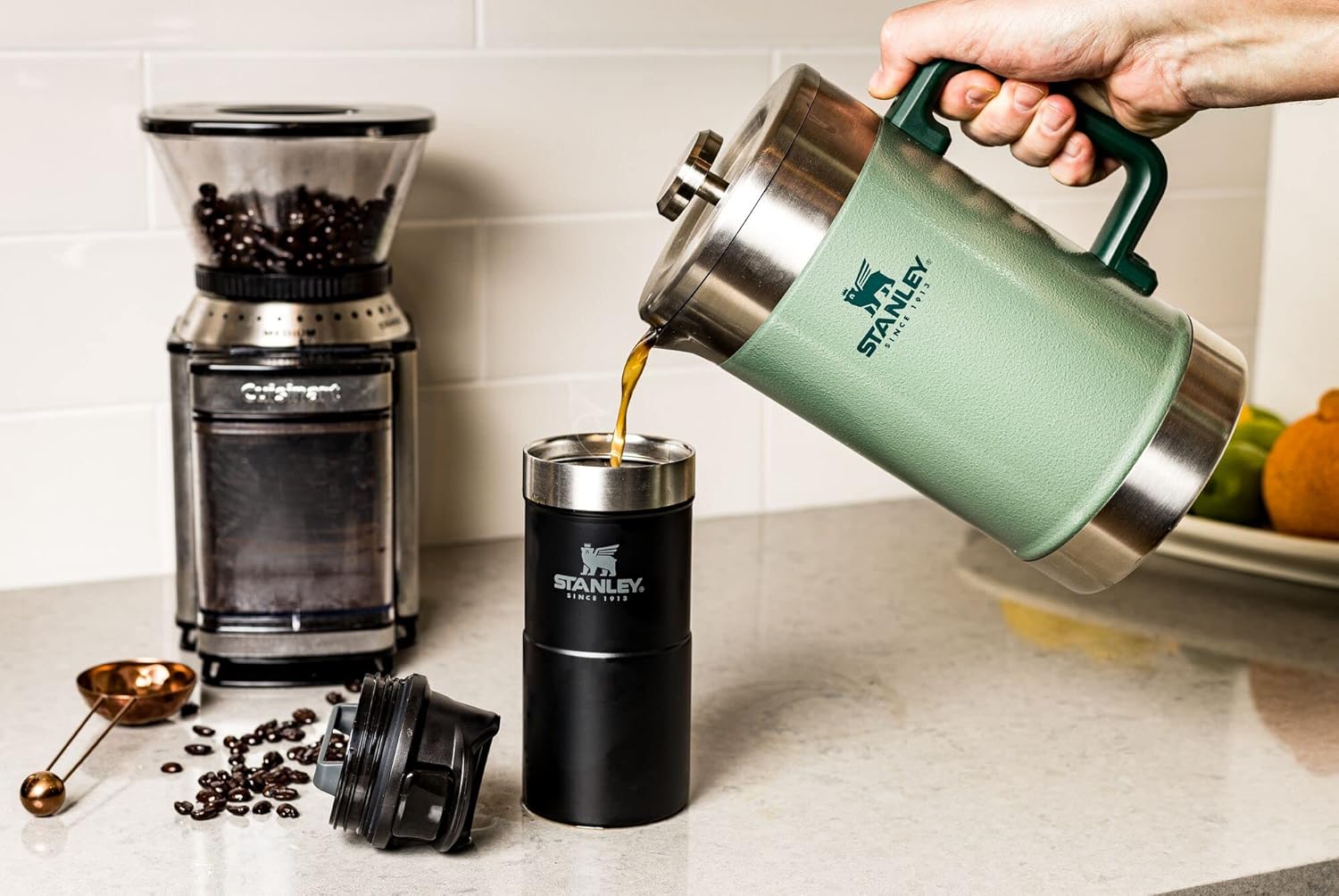
2. Moka Pot (Stovetop Espresso)
Origin: Italy
Method: Steam pressure forces hot water through coffee grounds in a stovetop pot, producing a strong, espresso-like coffee.
Known for its intensity and often used in lattes.
The Moka Pot, also known as stovetop espresso, originated in Italy and has become a popular method for making rich, intense coffee at home. This brewing device uses steam pressure to push water through finely ground coffee, creating a concentrated brew similar to espresso.
Ideal for coffee enthusiasts who enjoy a strong, bold cup without the need for a full espresso machine, the Moka Pot offers a distinct, robust taste. The coffee it produces is rich and full-bodied, with a slightly bitter edge, giving it a depth of flavour that surpasses typical drip coffee.
It is not as easy as the French Coffee Press above as you will need to watch and control the heat for optimum flow rate and remove it from the heat source when all the water has moved to the top half of the pot to avoid burning your pot. Personally, this adds a little theatre to the brewing process, not as much as the manual espresso machine but some.
A couple of things to note if you want to start using these to brew your coffee. First, the type of stove. If you have an induction hob, you will probably need an adapter unless you get an induction friendly pot like the Bialetti Venus. For those with ceramic and gas stoves, the heat surface or gas fire need to be small enough to heat just the bottom surface of the pot. And, if like me, you want to control the heat, you need to turn down the heat to its lowest for a slow flow rate.
Then there is the matter of the pot’s material and size. Most pots including the Bialetti are made of aluminium but you can find stainless steel as well as combination of glass and stainless steel units. As for size, most Moka pots are typically small at 3-cup or 6-cup size. If you prefer a long coffee or Americano like me, look for the much bigger 9-cup or 12-cup size.
3. Cold Brew
Origin: Popularized in the United States
Method: Coffee grounds steep in cold water for an extended period (typically 12-24 hours) before straining.
Creates a smooth, less acidic coffee.
Cold Brew coffee, originating in the United States, is a refreshing and smooth brewing method that’s perfect for hot weather. It involves steeping coarsely ground coffee in cold or room-temperature water for 12-24 hours, allowing the coffee to infuse slowly and deeply.
After steeping, the coffee is strained, resulting in a concentrated, mellow drink. Cold brew is ideal for those who prefer a low-acid, sweet flavour profile, and it’s often served over ice for a cooling experience. Its smooth, less acidic taste makes it popular both on its own and as a base for mixed coffee drinks and cocktails.
A cheat to cold brewing would just be to steep the coarse ground coffee in freshly boiled hot water and to leave it to cool down to room temperature before filtering and bottling it up for the fridge. This is quicker than the cold brew method above. It is no different to traditional hot brew but cooled down after brewing. This will increase the beverage’s acidity, bitterness, aroma and strength, perfect if you prefer a stronger drink, cooled and not iced. What you will lose is the smoothness and low acidity taste.
You can find some of the best cold brew coffee makers include the KitchenAid units in our top 10 best cold brew coffee makers article.
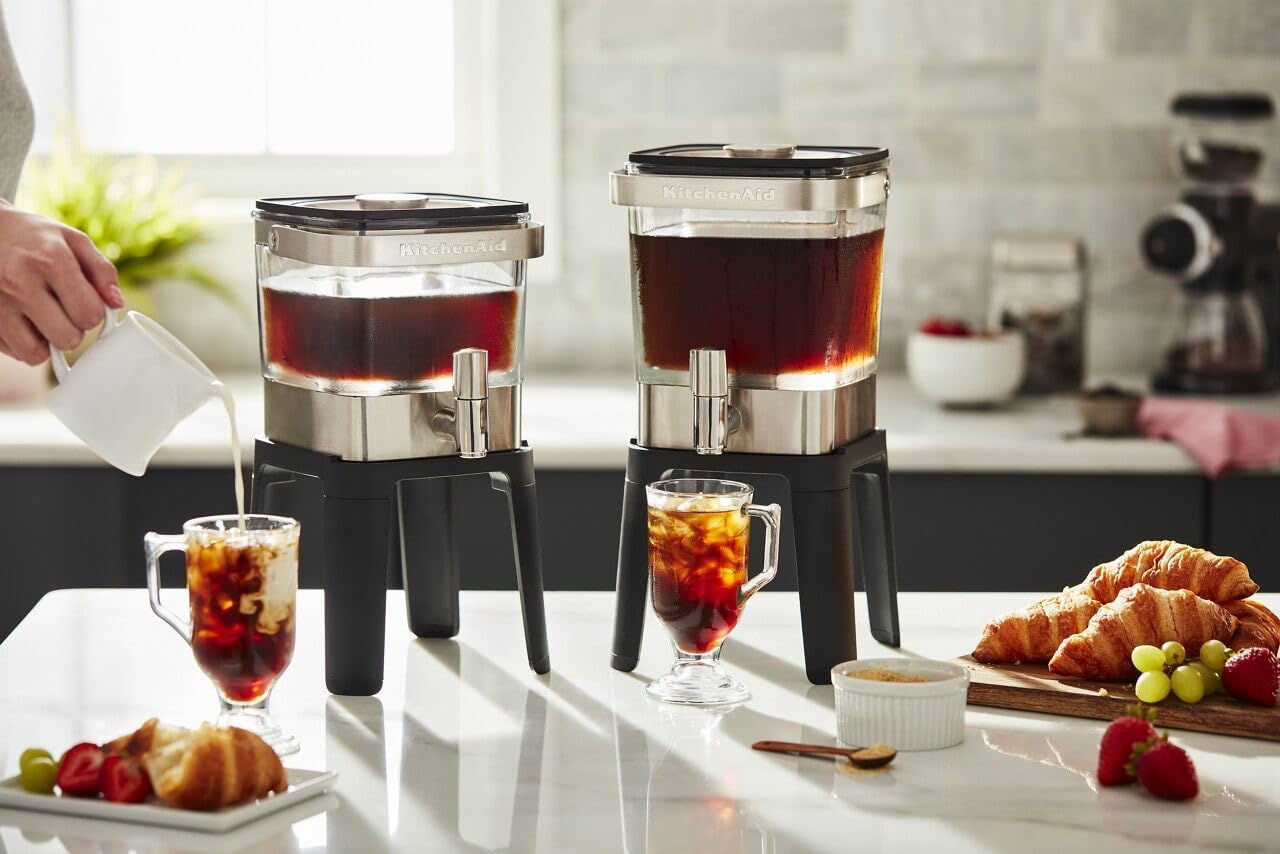
Search Cold Brew Coffee Maker on Amazon
4. Siphon (Vacuum Pot)
Origin: Japan and Germany
Method: Uses vapor pressure and vacuum to move water between chambers, brewing coffee with a smooth, complex flavour.
Visually appealing and known for producing a clean, aromatic brew.
The Siphon, or Vacuum Pot, is a unique brewing method with origins in Japan and Germany, known for its scientific, visually captivating process. This method uses two chambers and vapour pressure to create a distinctive brew.
As water in the lower chamber heats, it rises into the upper chamber, where it mixes with the coffee grounds. Once steeped, the brewed coffee is drawn back down into the lower chamber through a filter as the vacuum effect cools the lower chamber, leaving the grounds behind.
Ideal for coffee enthusiasts who enjoy an immersive and precise brewing experience, siphon coffee delivers a clean, bright cup with enhanced aromatic qualities. The process highlights the coffee’s natural flavours, creating a delicate yet complex taste that’s particularly enjoyable for those who savour each sip.
From Hario, a renowned Japanese manufacturer come the Technica Coffee Syphon that runs on alcohol burner and cotton wick. If electric heat source is preferred, check out the Bodum ePebo Electric Vacuum Coffee Maker. For something fancier with a touch of class, look for Dig Belgian Luxury Real Family Balance Syphon Coffee Maker.
Search Syphon Coffee Maker on Amazon
5. Aeropress
Origin: United States (invented by Alan Adler)
Method: Coffee is steeped briefly, then pressure is applied to push it through a filter.
Great for travel and versatile flavours depending on brew time and grind size.
The AeroPress, originating in the United States, is a compact and versatile coffee brewing device that combines immersion and pressure brewing. It allows coffee grounds to steep briefly in hot water before being pressed through a filter, resulting in a quick and efficient extraction.
Ideal for travellers and coffee enthusiasts who appreciate convenience without sacrificing quality, the AeroPress can produce a range of flavours, from espresso-like shots to lighter, more delicate brews, depending on the brewing time and grind size. The resulting coffee is smooth and balanced, with a customisable strength and body that appeals to a variety of coffee preferences. You can now find a range of AeroPress three in one devices that combines the French. Press, Pourer and Espresso maker in one in different sizes and design to suit.
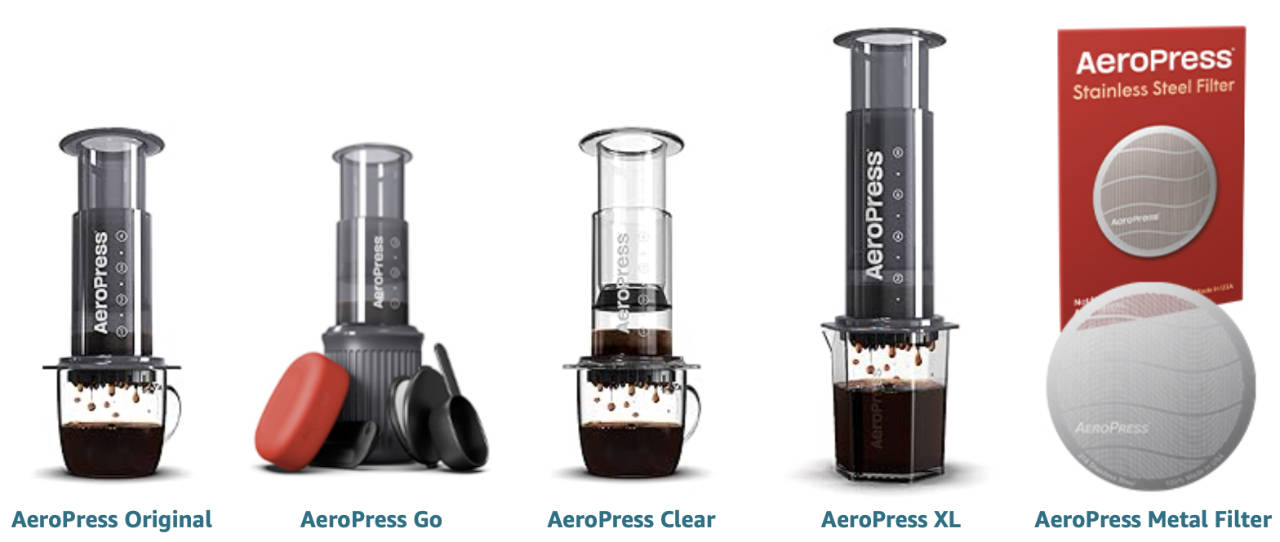
Search AeroPress Coffee Maker on Amazon
6. Percolator
Origin: United States
Method: Coffee grounds are repeatedly brewed as hot water cycles through them.
Often creates a strong, sometimes bitter brew.
The Percolator, with origins in the United States, is a classic coffee brewing method that remains popular among traditionalists who appreciate a strong, robust cup. In a percolator, water is heated and continuously cycles through the coffee grounds, extracting maximum flavour with each pass.
This repetitive brewing process intensifies the coffee’s strength, yielding a bold and full-bodied cup. However, percolator coffee can become bitter if over-brewed, as the grounds are repeatedly exposed to hot water, increasing the chance of extracting bitter compounds. For those who enjoy an old-fashioned, intense coffee experience, the percolator delivers a distinctive, powerful taste.
For those who love percolator coffee, you can find both stove top and electric pot percolators. A good and reliable stovetop unit is the Farberware Classic Stainless Yosemite 12-cup Coffee Percolator. Electrical percolators are available from Elite Gourmet, Presto, Mixpresso, Moss & Stone and Farberware.
Search Percolator Coffee Maker on Amazon
7. Pour Over Coffee (manual drip)
Origin: Japan perfected the method (Hario, Kalita, Chemex)
Method: Hot water is poured over coffee grounds in a cone-shaped filter, allowing for precise control.
Known for a clean, nuanced flavour profile.
8. Drip Coffee Machine (automatic drip)
Origin: United States
Method: Hot water drips through a filter with coffee grounds, producing a large pot.
Convenient and widely used in households.
The Drip Coffee Maker, or automatic drip, originated in the United States and has become a staple in households and offices for its convenience and ability to brew coffee in larger quantities. In this method, ground coffee is placed in a paper or metal filter, and hot water is dripped over the grounds, allowing the brewed coffee to pass through the filter and collect in a carafe below.
This hands-off approach to brewing makes it easy for users to prepare coffee with minimal effort, making it ideal for busy mornings or settings where multiple cups are needed. Drip coffee offers a smooth, balanced flavor with a mild body, capturing the classic American coffee profile many people enjoy.
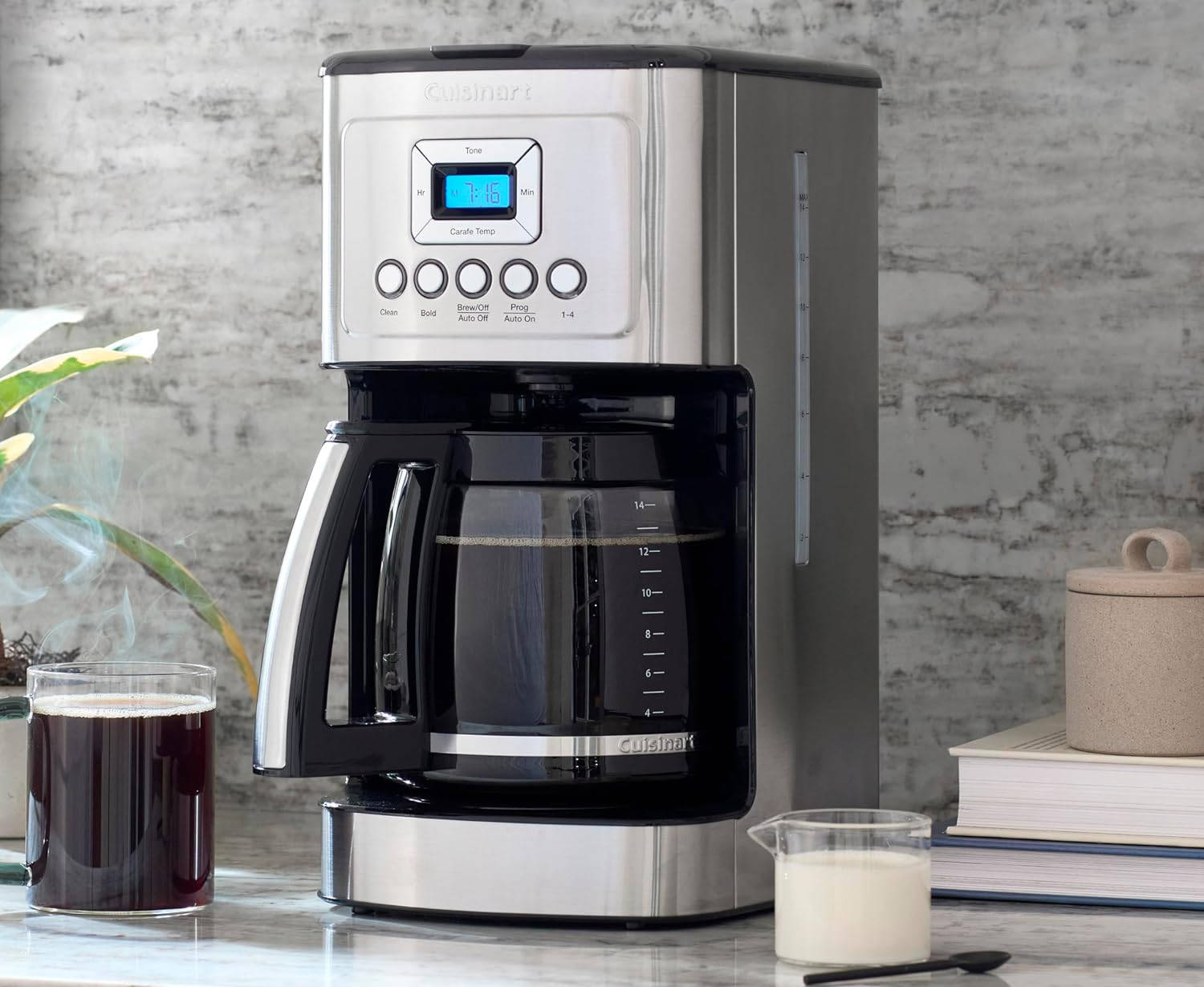
Search Drip Coffee Maker on Amazon
9. Espresso Machine
Origin: Italy
Method: Pressurized hot water is forced through finely ground coffee. Forms a concentrated shot with a layer of crema.
Machines: Espresso machines, including manual, semi-automatic, and automatic.
The Espresso Machine, originating in Italy, is designed to produce a concentrated, flavourful shot of coffee by forcing hot water through finely ground coffee under high pressure. This process creates a rich, intense coffee shot crowned with a layer of golden crema—a creamy foam that adds depth and smoothness to the taste.
Espresso is perfect for those who love strong, bold flavours and serves as a versatile base for a range of coffee drinks, including lattes, cappuccinos, and macchiatos. Known for its intense, rich flavour profile with complex layers and a creamy mouthfeel, espresso is a favorite among coffee enthusiasts and a staple in cafes worldwide.
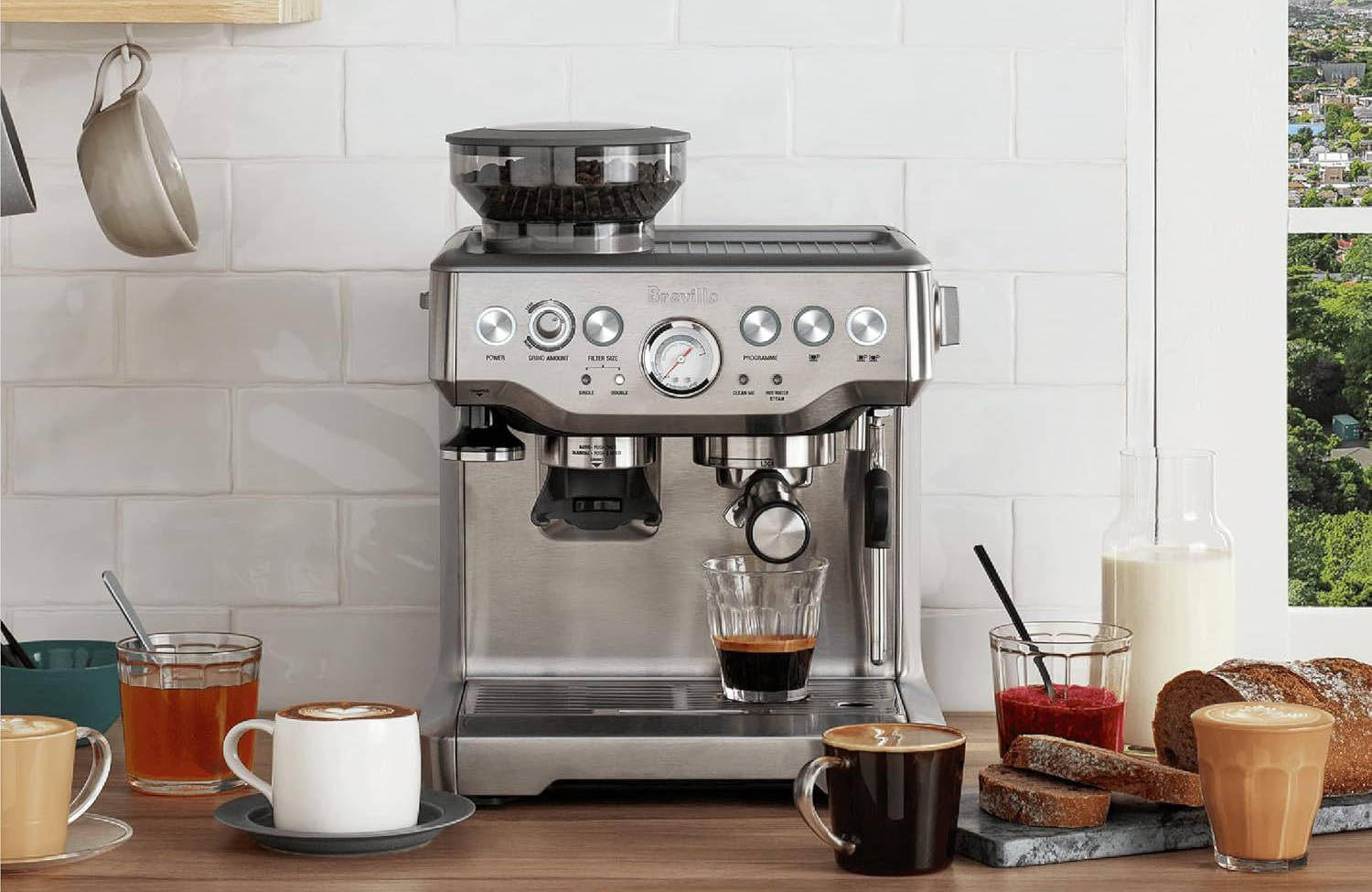
Search Espresso Machine on Amazon
It may be the most expensive brewing option here but you can’t really go wrong with a solid espresso machine. Plus there are so many to choose from in the market right now starting with affordable and compact espresso machines to premium and over the top units. You can also pick between semi-automatic espresso machines to easy to operate super automatic espresso machines for bean to cup with a single button.
10. Single Serve Pod / Capsule Machine
Origin: United States and Europe
Method: Pre-packaged coffee pods or capsules are inserted into the machine, where hot water is forced through the pod at high pressure to brew a single cup.
Known for its convenience, speed, and variety of flavours, single-serve pod machines offer a quick, easy option for home or office coffee, though they may lack the depth of freshly ground and brewed coffee.
The Single Serve Pod Machine, popularized in the United States and Europe, offers a convenient, quick way to brew coffee one cup at a time using pre-packaged pods or capsules. To make coffee, a pod is inserted into the machine, which then uses hot water and pressure to extract a single, consistent cup.
Machines like Keurig and Nespresso have made this method a favorite for those seeking speed, variety, and minimal cleanup, as it requires no grinding or measuring. While single-serve coffee often lacks the depth and freshness of freshly ground coffee, it delivers a reliable, smooth taste that is ideal for everyday use and appeals to those who value ease and efficiency in their morning routine.
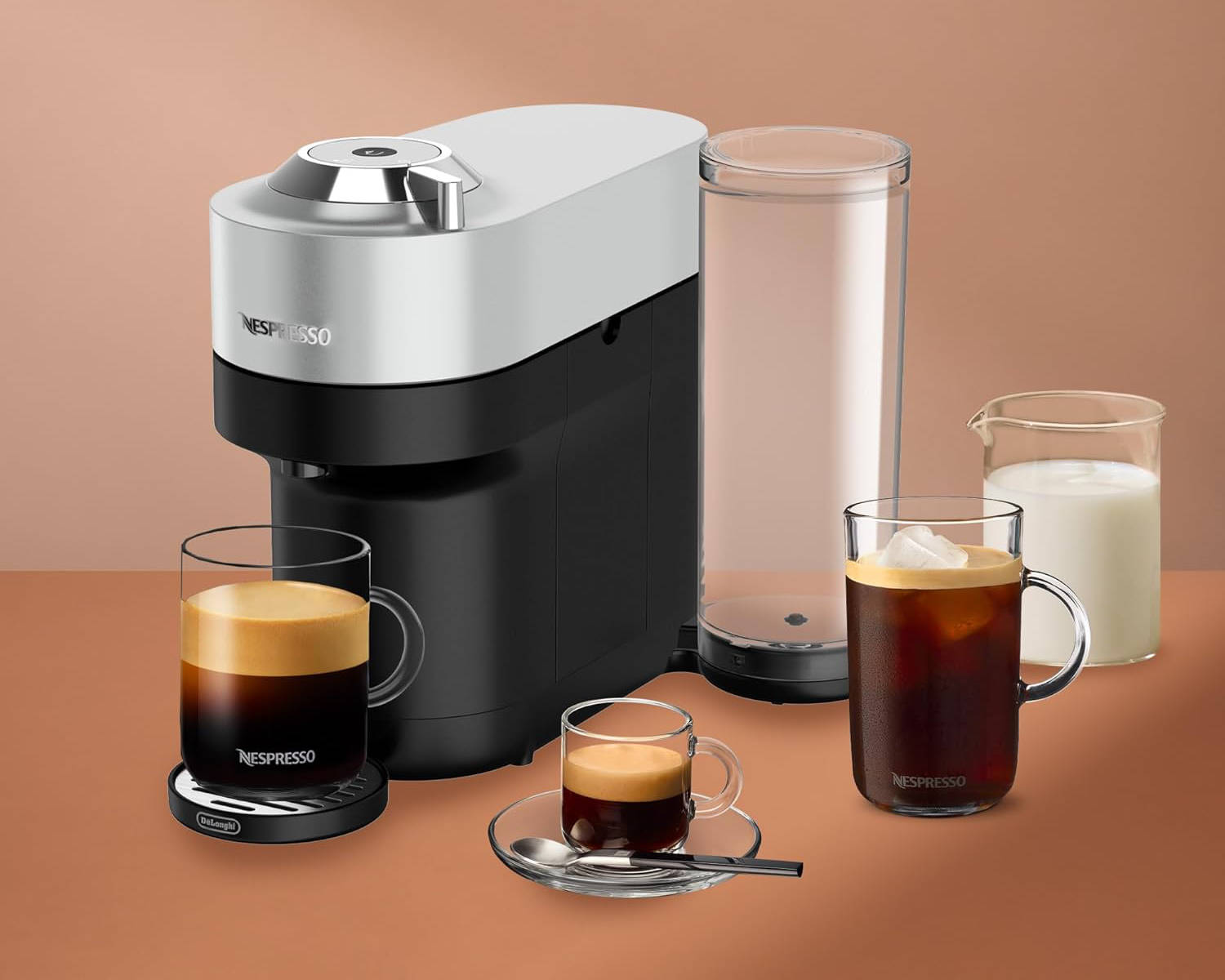
11. Nitro Cold Brew
Nitro Cold Brew
Origin: United States
Method: Cold brew coffee is infused with nitrogen gas and then served from a pressurized tap, similar to a draft beer.
Known for its smooth, creamy texture with a slight natural sweetness and cascading effect when poured.
Nitro cold brew is often served without ice to preserve its foamy top and is popular as a refreshing, low-acidity coffee drink. Originating in the United States, is a unique twist on cold brew that’s infused with nitrogen gas, giving it a creamy, frothy texture similar to that of draft beer. This method results in a coffee that pours with a cascading effect, creating a rich, thick foam on top.
Nitro Cold Brew is perfect for coffee drinkers seeking a refreshing, slightly fizzy experience with a full, velvety texture. Known for its smooth, creamy mouthfeel and natural sweetness, Nitro Cold Brew offers a silky finish that elevates the classic cold brew, making it a popular choice for those who enjoy a richly textured coffee without added milk or sugar.
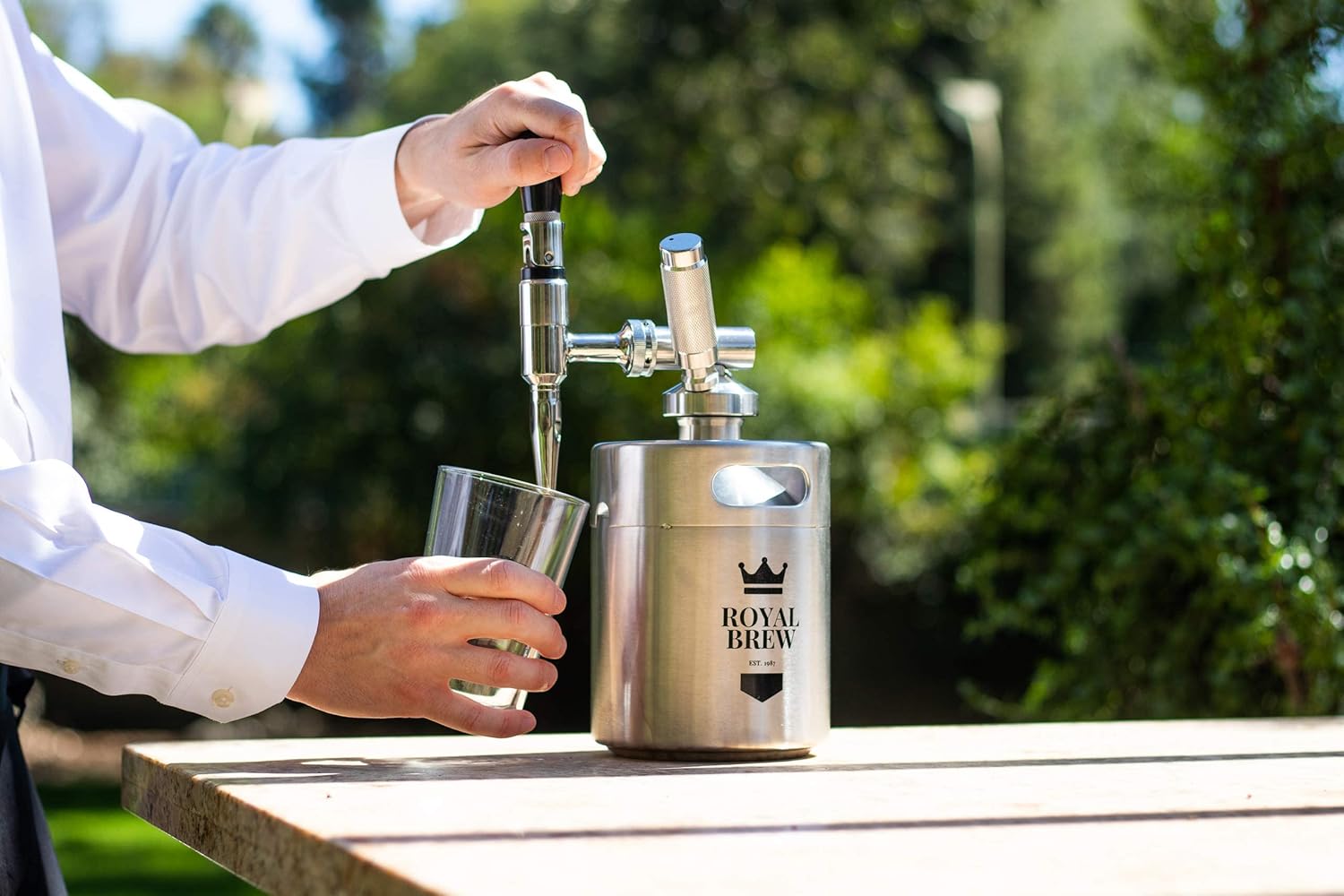
12. Turkish Coffee
Origin: Turkey and the Middle East
Method: Finely ground coffee and water are boiled together, often with sugar, in a small pot (cezve).
Known for its rich, thick texture and coffee grounds left at the bottom.
Turkish Coffee, a traditional brewing method from Turkey and the Middle East, is a richly flavoured and aromatic coffee experience. Finely ground coffee is combined with water and, optionally, sugar, then boiled in a small pot known as a cezve. Unlike other brewing methods, Turkish coffee is served unfiltered, allowing the fine coffee grounds to settle at the bottom of the cup.
This preparation creates a thick, intense coffee with a uniquely rich flavour and an aromatic profile. Ideal for those who appreciate a robust, full-bodied coffee, Turkish coffee is traditionally enjoyed slowly, with a rich texture and a layer of fine sediment at the bottom that adds to its depth and character.
Each coffee brewing method brings out different flavors, strengths, and textures, allowing you to experience coffee in many unique ways. Whether you prefer the simplicity of a French Press or the science-like precision of a siphon, there’s a coffee brewing method for every palate. Experiment with these top brewing techniques to find your ideal cup!
Pop Quiz
We leave you with some images of the different brewing methods we looked at below. See if you can name them.
